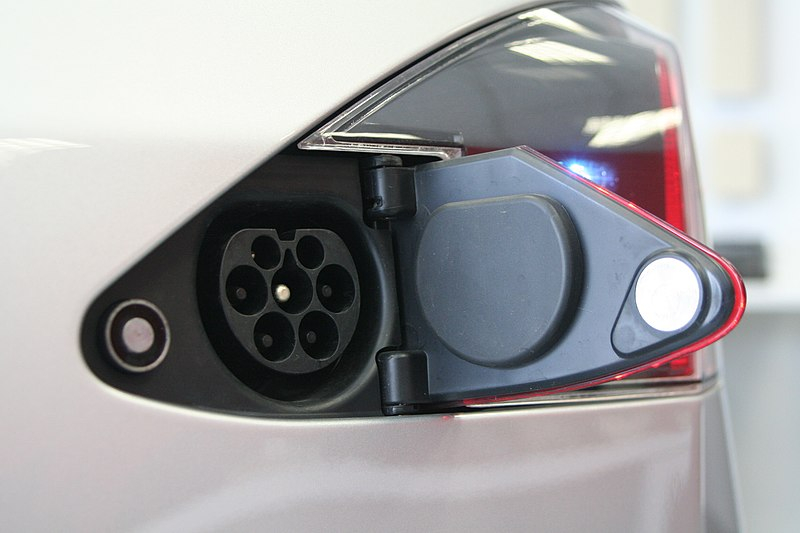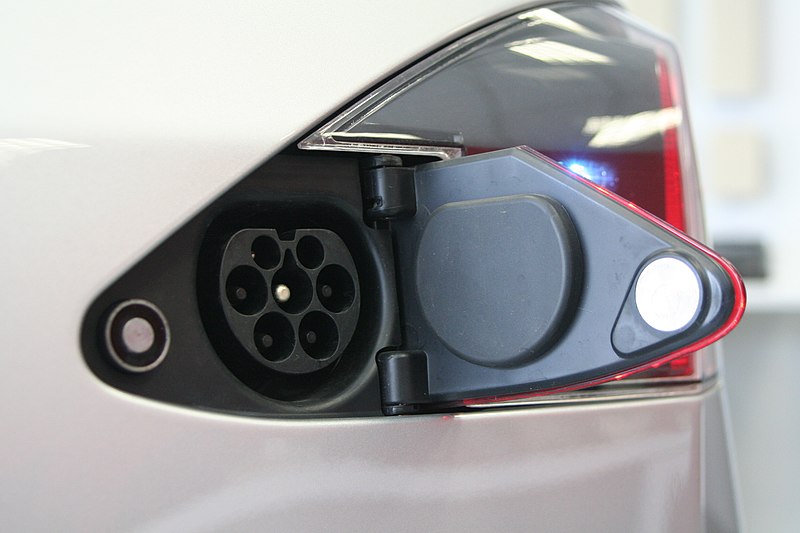Most EVs are decked out with high-performance lithium-ion (Li-ion) batteries. These are the kind of batteries you'll already have lying around the house - in your laptop, mobile phone, cordless drill - only bigger. Your car will have a whole host of Li-ion batteries, bundled together in a neat, lightweight package, making it possible to power a whole car over hundreds of miles.





